Ayurvedic Home Remedies
For Menstrual Cramps
Note: Friends, if you are comfortable in reading this article in any other language, please change the language from the translate button at the top of this article.
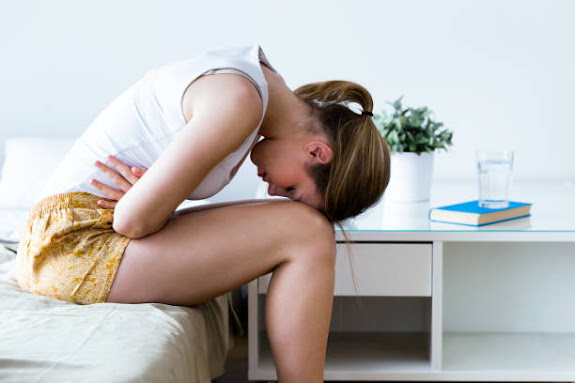 |
Menstrual cramps are caused by the uterus contracting to help shed its lining during menstruation |
Overview
Menstrual cramps are a common symptom experienced by many people during their menstrual cycle.
Menstrual cramps are caused by the uterus contracting to help shed its lining during menstruation.
These contractions can cause pain or discomfort in the lower abdomen, back, and sometimes in the thighs.
Menstrual cramps can range from mild to severe, and the severity and duration of cramps can vary from person to person and even from cycle to cycle.
Symptoms of menstrual cramps
The primary symptom of menstrual cramps is pain or discomfort in the lower abdomen, back, and sometimes in the thighs.
The pain can be dull or sharp, and it may range from mild to severe. Menstrual cramps may also be accompanied by other symptoms, such as:
- Nausea
- Vomiting
- Diarrhea
- Headache
- Fatigue
- Dizziness
- Bloating
- Breast tenderness
Symptoms can vary from person to person, and they may also vary from cycle to cycle.
Cause of menstrual cramps
Menstrual cramps are caused by the contraction of the uterus as it sheds its lining during menstruation.
The exact cause of menstrual cramps is not fully understood, but it is believed to be related to the release of certain hormones called prostaglandins, which are produced by the lining of the uterus.
Some factors may increase the severity of menstrual cramps, including:
Age:
Younger people who have just started menstruating or are in their teenage years may experience more severe cramps.
Genetics:
Menstrual cramps can run in families, so you may be more likely to experience them if your mother or other female relatives have a history of severe menstrual cramps.
Endometriosis:
Endometriosis occurs when tissue that normally lines the uterus grows outside of it, leading to painful menstrual cramps and other symptoms.
Uterine fibroids:
These are non-cancerous growths in the uterus that can cause pain and discomfort during menstruation.
Pelvic inflammatory disease (PID):
An infection in the reproductive organs can lead to painful menstrual cramps.
Stress:
Stress can exacerbate menstrual cramps, so it is important to manage stress levels during the menstrual cycle.
Diet:
A diet high in sugar, salt, and caffeine can worsen menstrual cramps.
Lack of exercise:
Physical activity can help reduce menstrual cramps by releasing endorphins, which are natural painkillers.
Use of certain contraceptives:
Some hormonal contraceptives, such as intrauterine devices (IUDs) and birth control pills, can cause menstrual cramps.
Adenomyosis:
This condition occurs when the lining of the uterus grows into the muscle wall of the uterus, causing painful menstrual cramps and heavy bleeding.
Cervical stenosis:
A condition in which the cervix is narrow, making it difficult for menstrual blood to pass through, leading to painful cramps.
6 Yoga Poses For Menstrual Cramps
Please see the above video for reference.
- 80% of women suffer from period-related pain. Yoga is a helpful tool to manage menstrual cramps and soothe your mind.
- Stay in the yoga poses given here for 3 to 5 minutes each.
- Child pose: As shown in the video, relax on the hips and concentrate on deep breathing. You can put a pillow under the torso to hold the pose longer.
- Knee to chest pose: Stretch your knees to your chest as shown in the image. This pose relaxes lower back and abdominal muscles, relieves tension, and reduces pain.
- Cow-cat pose: bend in cow pose as in the video and move slowly from cow pose to cat pose, inhaling and exhaling.
- Forward fold: Bend as in the the video. This pose lengthens the spine, stretches hips, and eases pain by proper blood circulation.
- Supine twist: twist your body as in the video. This twist helps stimulate, detox, and refresh the inner organs.
- Corpse pose or Shavasana: lay as in the video. This is the final resting pose. It relaxes and softens the body and mind.
Our Other Must-Read Articles:
Ayurvedic home remedies for menstrual cramps
Ayurveda is a traditional Indian system of medicine that has several home remedies for menstrual cramps.
Here are some Ayurvedic remedies for menstrual cramps:
Ginger:
Ginger is a natural anti-inflammatory agent and can help relieve menstrual cramps. You can add ginger to your tea or take it as a supplement.
Cinnamon:
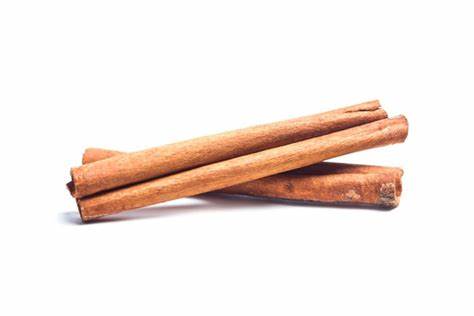 |
| Cinnamon has anti-inflammatory and antispasmodic properties and can help reduce menstrual cramps |
Cinnamon has anti-inflammatory and antispasmodic properties and can help reduce menstrual cramps. You can add cinnamon to your tea or take it as a supplement.
Fennel:
Fennel is a natural pain reliever and can help reduce menstrual cramps. You can chew on fennel seeds or add them to your tea.
Turmeric:
Turmeric is a natural anti-inflammatory agent and can help reduce menstrual cramps. You can add turmeric to your food or take it as a supplement.
Coriander seeds:
Coriander seeds can help reduce menstrual cramps by promoting proper blood flow. You can boil coriander seeds in water and drink the mixture.
Exercise:
Regular exercise can help reduce menstrual cramps by releasing endorphins, which are natural painkillers. Yoga and other gentle exercises can be particularly helpful.
Heat therapy:
Applying heat to the lower abdomen can help relieve menstrual cramps. You can use a heating pad or take a warm bath.
Massage:
Massaging the lower abdomen can help reduce menstrual cramps. You can use a few drops of essential oils such as lavender or peppermint for added benefit.
Ajwain (carom seeds):
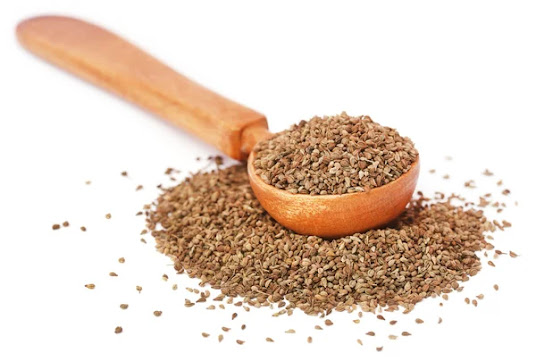 |
| Ajwain has antispasmodic and anti-inflammatory properties that can help reduce menstrual cramps |
Ajwain has antispasmodic and anti-inflammatory properties that can help reduce menstrual cramps. You can boil ajwain in water, strain it, and drink the mixture.
Ashwagandha:
Ashwagandha is an adaptogen that can help reduce stress and inflammation, both of which can contribute to menstrual cramps. You can take ashwagandha as a supplement or add it to your food.
Sesame oil:
Sesame oil can help reduce menstrual cramps by increasing blood flow to the pelvic area. You can massage sesame oil onto your lower abdomen in a circular motion.
Aloe vera:
Aloe vera has anti-inflammatory properties and can help reduce menstrual cramps. You can drink aloe vera juice or apply aloe vera gel to your lower abdomen.
Licorice (Indian name Mulaithhi):
Licorice can help reduce menstrual cramps by balancing hormones and reducing inflammation. You can take licorice as a supplement or add it to your tea.
Chamomile:
Chamomile has anti-inflammatory and antispasmodic properties and can help reduce menstrual cramps. You can drink chamomile tea or take it as a supplement.
Avoiding certain foods:
Ayurveda recommends avoiding certain foods during menstruation, including spicy and oily foods, caffeine, and alcohol.
Instead, focus on eating a healthy, balanced diet that includes plenty of fruits, vegetables, and whole grains.
Frequently Asked Questions about menstrual cramps
Q. When do menstrual cramps occur?
A. Menstrual cramps usually occur before or during menstruation. They can last for a few hours to a few days.
Q. What are the symptoms of menstrual cramps?
A. The symptoms of menstrual cramps include pain and discomfort in the lower abdomen, back pain, headaches, nausea, and diarrhea.
Q. How can I relieve menstrual cramps?
A. There are several ways to relieve menstrual cramps, including taking over-the-counter pain relievers, using heat therapy, getting enough rest, practicing stress-reducing techniques, and exercising regularly.
Q. When should I see a healthcare provider about menstrual cramps?
A. You should see a healthcare provider if your menstrual cramps are severe, interfere with your daily activities, or are accompanied by other symptoms such as heavy bleeding or fever.
Q. Can menstrual cramps be prevented?
A. While menstrual cramps cannot be completely prevented, certain lifestyle changes such as maintaining a healthy diet, exercising regularly, and practicing stress-reducing techniques can help reduce the severity of menstrual cramps.
Q. Can menstrual cramps be a sign of a more serious condition?
A. In some cases, menstrual cramps can be a sign of a more serious condition such as endometriosis, pelvic inflammatory disease, or uterine fibroids.
Q. Can menstrual cramps be different from cycle to cycle?
A. Yes, menstrual cramps can vary in intensity and duration from cycle to cycle. Some cycles may be accompanied by mild cramps, while others may be more severe.
Q. Can birth control help relieve menstrual cramps?
A. Yes, certain types of birth control such as hormonal contraceptives can help relieve menstrual cramps by regulating hormonal imbalances and reducing the severity of menstrual bleeding.
Q. Can menstrual cramps be a sign of pregnancy?
A. No, menstrual cramps are not typically a sign of pregnancy. However, some women may experience cramping during implantation or early pregnancy, which can be mistaken for menstrual cramps.
Q. Can menstrual cramps affect fertility?
A. In some cases, menstrual cramps can be a sign of underlying conditions that can affect fertility, such as endometriosis or uterine fibroids.
Q. Can menstrual cramps be treated with surgery?
A. In some cases, surgical interventions such as laparoscopy or hysterectomy may be recommended for the treatment of underlying conditions that cause severe menstrual cramps.
However, surgery is usually only considered a last resort after other treatments have failed.
Q. Can menstrual cramps be a sign of cancer?
A. While it is rare, menstrual cramps can be a sign of certain types of reproductive cancers such as ovarian or cervical cancer.
It is important to talk to a healthcare provider if you experience severe menstrual cramps or other symptoms that may indicate cancer.
Friends, Stay Fit, Stay Happy
----------------------------------------------------------------------------
Friends, if you liked it, please share it with your friends.
SHARING IS CARING.
Compiled by: Paramjit Singh Rana

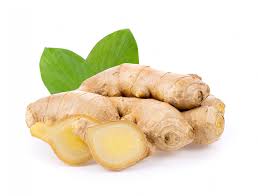
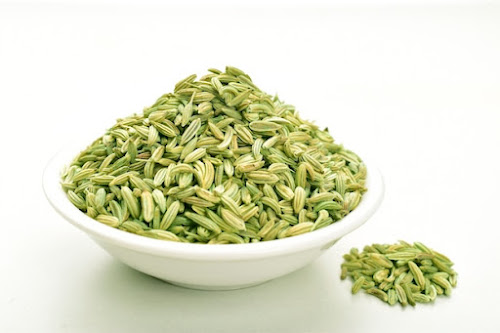
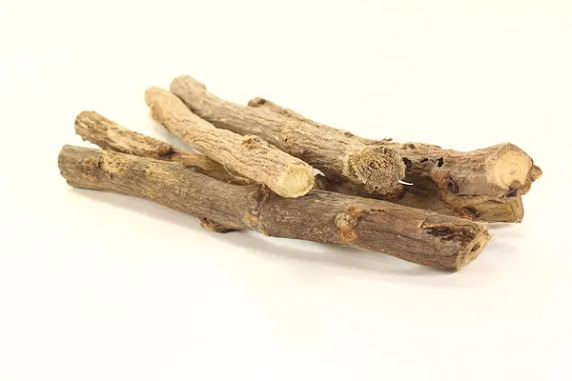
Comments
Post a Comment